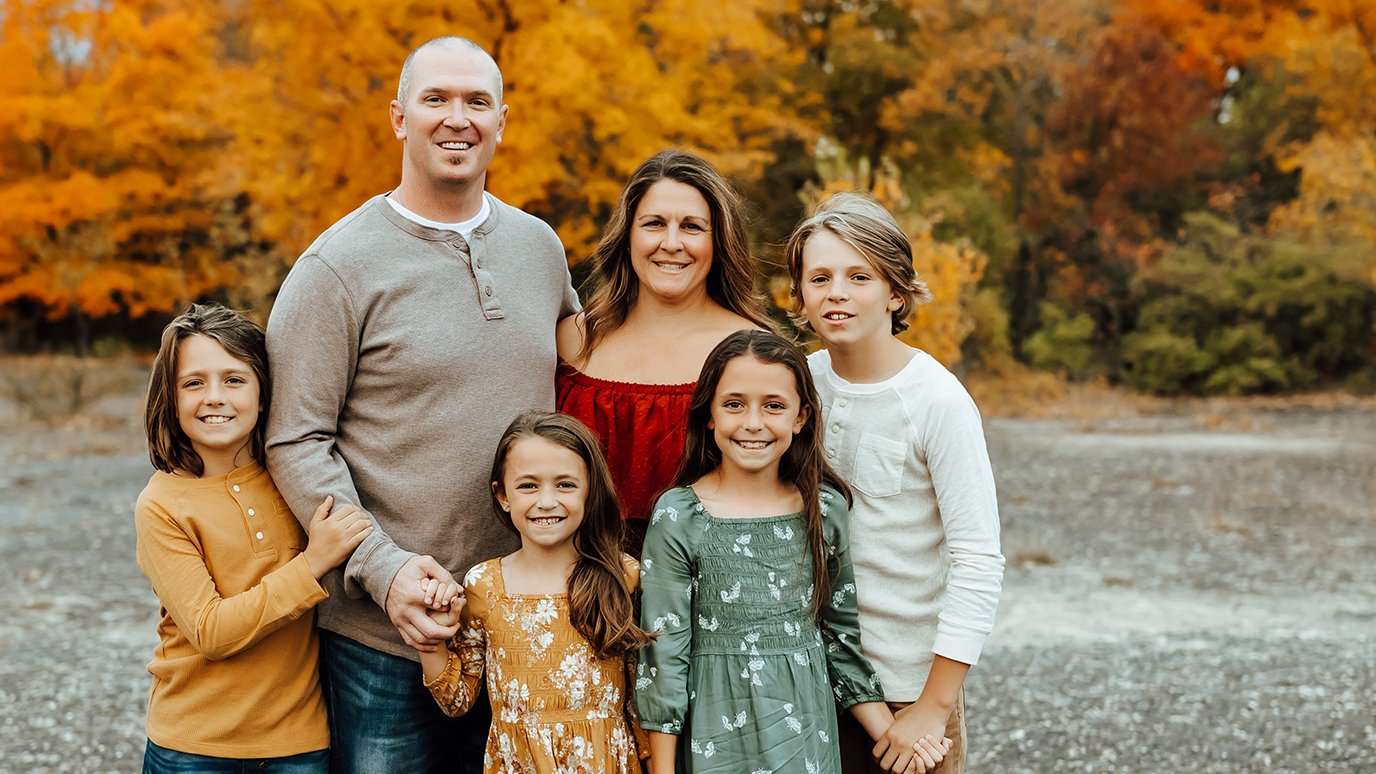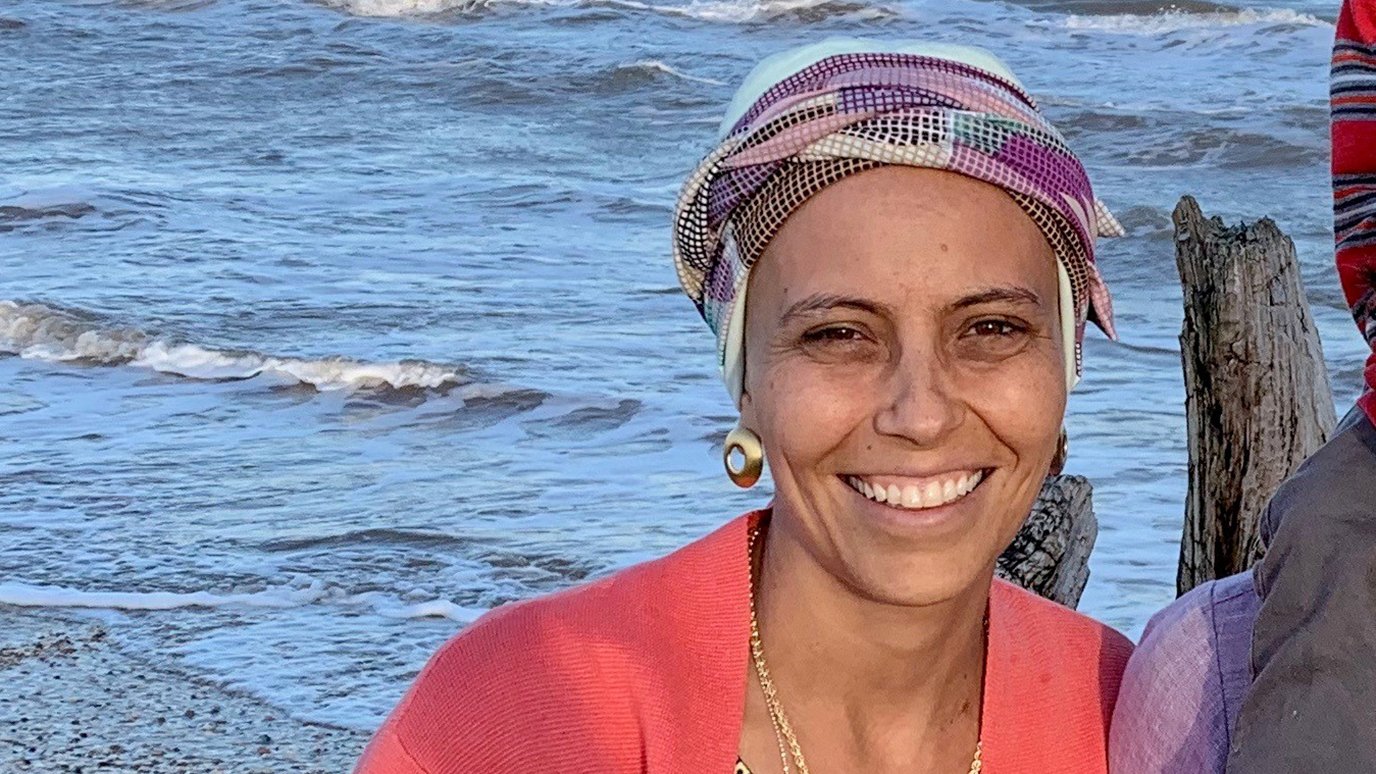- Diseases
- Acoustic Neuroma (16)
- Adrenal Gland Tumor (24)
- Anal Cancer (70)
- Anemia (2)
- Appendix Cancer (18)
- Bile Duct Cancer (26)
- Bladder Cancer (74)
- Brain Metastases (28)
- Brain Tumor (234)
- Breast Cancer (726)
- Breast Implant-Associated Anaplastic Large Cell Lymphoma (2)
- Cancer of Unknown Primary (4)
- Carcinoid Tumor (8)
- Cervical Cancer (164)
- Colon Cancer (168)
- Colorectal Cancer (118)
- Endocrine Tumor (4)
- Esophageal Cancer (44)
- Eye Cancer (36)
- Fallopian Tube Cancer (8)
- Germ Cell Tumor (4)
- Gestational Trophoblastic Disease (2)
- Head and Neck Cancer (14)
- Kidney Cancer (130)
- Leukemia (342)
- Liver Cancer (50)
- Lung Cancer (286)
- Lymphoma (278)
- Mesothelioma (14)
- Metastasis (30)
- Multiple Myeloma (100)
- Myelodysplastic Syndrome (60)
- Myeloproliferative Neoplasm (6)
- Neuroendocrine Tumors (16)
- Oral Cancer (102)
- Ovarian Cancer (178)
- Pancreatic Cancer (160)
- Parathyroid Disease (2)
- Penile Cancer (14)
- Pituitary Tumor (6)
- Prostate Cancer (150)
- Rectal Cancer (58)
- Renal Medullary Carcinoma (6)
- Salivary Gland Cancer (14)
- Sarcoma (238)
- Skin Cancer (300)
- Skull Base Tumors (56)
- Spinal Tumor (12)
- Stomach Cancer (66)
- Testicular Cancer (28)
- Throat Cancer (92)
- Thymoma (6)
- Thyroid Cancer (100)
- Tonsil Cancer (30)
- Uterine Cancer (86)
- Vaginal Cancer (18)
- Vulvar Cancer (22)
- Cancer Topic
- Adolescent and Young Adult Cancer Issues (22)
- Advance Care Planning (12)
- Biostatistics (2)
- Blood Donation (18)
- Bone Health (8)
- COVID-19 (360)
- Cancer Recurrence (120)
- Childhood Cancer Issues (120)
- Clinical Trials (628)
- Complementary Integrative Medicine (22)
- Cytogenetics (2)
- DNA Methylation (4)
- Diagnosis (238)
- Epigenetics (6)
- Fertility (62)
- Follow-up Guidelines (2)
- Health Disparities (14)
- Hereditary Cancer Syndromes (128)
- Immunology (18)
- Li-Fraumeni Syndrome (8)
- Mental Health (122)
- Molecular Diagnostics (8)
- Pain Management (62)
- Palliative Care (8)
- Pathology (10)
- Physical Therapy (18)
- Pregnancy (18)
- Prevention (936)
- Research (390)
- Second Opinion (78)
- Sexuality (16)
- Side Effects (616)
- Sleep Disorders (10)
- Stem Cell Transplantation Cellular Therapy (216)
- Support (408)
- Survivorship (328)
- Symptoms (182)
- Treatment (1788)
Pheochromocytoma survivor achieves remission through targeted therapy clinical trial
5 minute read | Published September 28, 2021
Medically Reviewed | Last reviewed by an MD Anderson Cancer Center medical professional on September 28, 2021
By the time Susan Waldrop was diagnosed with a rare neuroendocrine tumor called sporadic metastatic pheochromocytoma in May 2015, she’d been living with an assortment of come-and-go symptoms for almost five years.
“I had high blood pressure, severe headaches, split fingernails, tremors, insomnia, and heart palpitations,” she says. “I was also irritable, losing weight, losing my hair, and sweating profusely. I had to wash my sheets every day, even when I put a towel beneath me at night.”
Today, Susan is almost completely back to normal. Surgery plus a clinical trial she joined at MD Anderson put her in remission within a year, resolving virtually all of her symptoms. And the clinical trial she joined paved the way for the Food and Drug Administration’s (FDA) approval of the very first targeted therapy drug for the treatment of pheochromocytoma.
“It’s amazing and very humbling,” Susan says of her part in the process. “I had some of the best results of anyone in the world.”
Pheochromocytoma diagnosis leads to MD Anderson
The doctors near Susan’s home in rural Alabama didn’t realize that all of her symptoms stemmed from a single source — until she went to a local ER with chest pain. That’s when a scan finally revealed a tumor the size of a pineapple on her left adrenal gland, and several nodules in the pleura of her lungs. A biopsy showed that they were all related, and caused by pheochromocytoma.
Pheochromocytoma is rare enough that even the cancer specialists Susan consulted had never seen it before. One offered Susan palliative care. The other suggested three different types of chemotherapy, but didn’t seem very optimistic about any of them.
“At the time, my daughter was finishing the eighth grade, and my son had just gotten his driver’s license,” Susan says. “I thought, ‘Am I even going to live long enough to see my kids graduate?’”
In a moment of panic, Susan contacted the local cemetery and funeral home to start making arrangements. Then, she remembered two people who had gone to MD Anderson for their cancer treatments. So, she called, got an appointment, and made plans to travel to Houston.
Finding hope — and an explanation — after a pheochromocytoma diagnosis
At MD Anderson, Susan met with Camilo Jimenez, M.D., a neuroendocrine tumor expert who specializes in pheochromocytoma. The first thing he gave her was hope.
“We all have to die of something. But I don’t think you’re going to die of this,” she remembers him saying.
Jimenez also told her that he wasn’t surprised by the delay in Susan’s diagnosis, or the severe — yet intermittent — nature of her symptoms.
“Only about 100 patients are diagnosed with metastatic pheochromocytoma in the U.S. each year,” Jimenez explained. “And many of them have had symptoms for three to five years. One reason is because these tumors are so rare, and most health care providers are not familiar with them. But the other is that the symptoms are so non-specific and can overlap with so many other, more prevalent conditions.”
How pheochromocytoma hijacks the endocrine system
Over the course of his career, Jimenez estimates that he has seen more than 1,000 patients with pheochromocytoma. About a third of those had metastatic disease, like Susan.
“When Susan first came to us, her hormonal symptoms were overwhelming,” says Jimenez. “Her blood pressure was very difficult to manage, she had issues with diabetes, and her quality of life was very poor.”
The reason for her discomfort, he notes, is that pheochromocytoma originates in the adrenal glands. Normally, these organs help regulate blood pressure, metabolism and other bodily functions by releasing hormones from their perch atop the kidneys. But because the tumors themselves can also release hormones, the body’s delicate chemical balance can be easily — and severely — disrupted.
“The way it was explained to me was like a coffee cup filled to the brim,” Susan says. “If anything disturbs the tumors, their contents can spill over, and then things like adrenaline pour into your blood stream, causing a fight-or-flight chemical response.”
Pheochromocytoma treatment from the experts
To treat Susan’s cancer, Jimenez recommended surgery to remove the primary tumor, along with a part of her kidney and spleen. Then, he suggested a clinical trial he was leading that involved a radioactive form of iodine called ultratrace iobenguane (Azedra). The medication would be absorbed by any remaining cancer and concentrated inside of its cells, ultimately leading to their destruction.
“The one good thing about my tumors was that they were MIBG+ (meta-iodobenzylguanidine positive),” says Susan. “That meant they were exactly the right kind to attract the medicine. They’d act like little magnets. And every physician and radiologist I talked to about it said it would be like a ‘magic bullet.’ So, joining the clinical trial was a no-brainer for me.”
Clinical trial leads to first FDA-approved drug for treatment of pheochromocytoma
Susan had the surgery under the late urologic oncologist Christopher Wood, M.D., on July 21, 2015. She received her first infusion of Azedra in October 2015, and her second dose in January 2016.
The surgery, combined with the drug Susan took, have kept her in remission since 2016. And while the cancer nodules in her lungs did leave behind tiny calcified spots, they have not shown any changes since her treatments ended. Susan’s hormone levels are also back to normal.
“It hasn’t worked for everybody, but it sure worked for me,” Susan says of the treatment she received. “So, I’m one of MD Anderson’s biggest cheerleaders.”
Jimenez notes that only 60% to 70% of patients with pheochromocytoma have the MIBG receptor, so there is still work to be done. But in 2018, ultratrace iobenguane became the only drug approved by the Food and Drug Administration (FDA) for the treatment of pheochromocytoma.
“Before this, we didn’t have any effective treatment options,” he says. “And Susan is still doing well after getting this medicine only twice, six years ago. That’s a very impressive result. She may well live long enough now to see her son and daughter get married, and even her grandchildren be born and grow up.”
Request an appointment at MD Anderson online or by calling 1-833-640-2648.
Related Cancerwise Stories

It hasn’t worked for everybody, but it sure worked for me.
Susan Waldrop
Survivor





